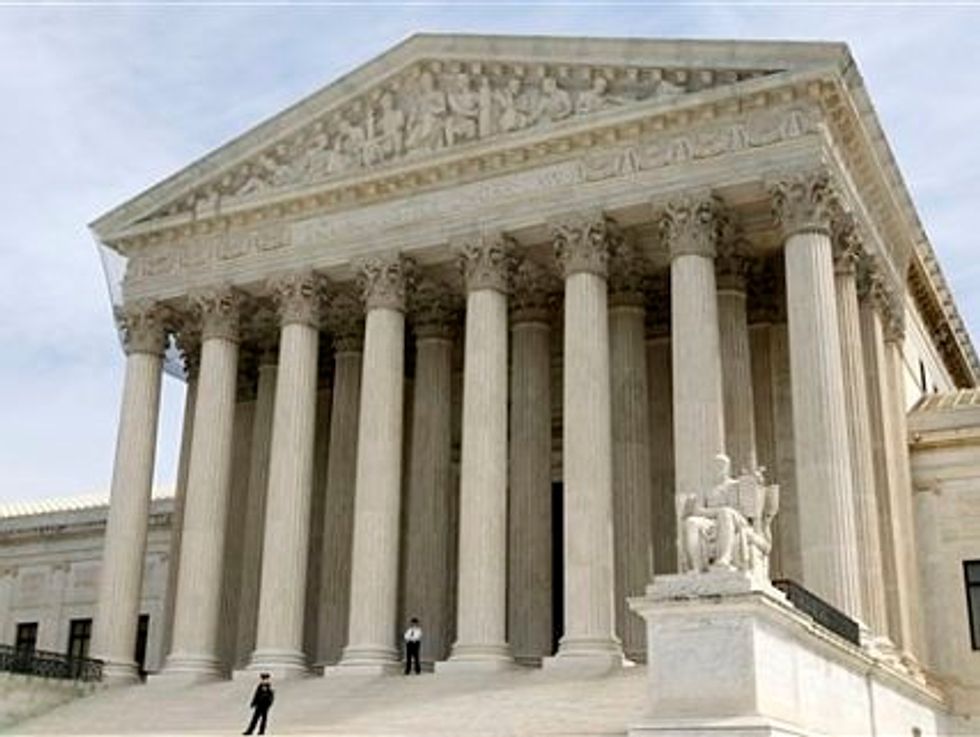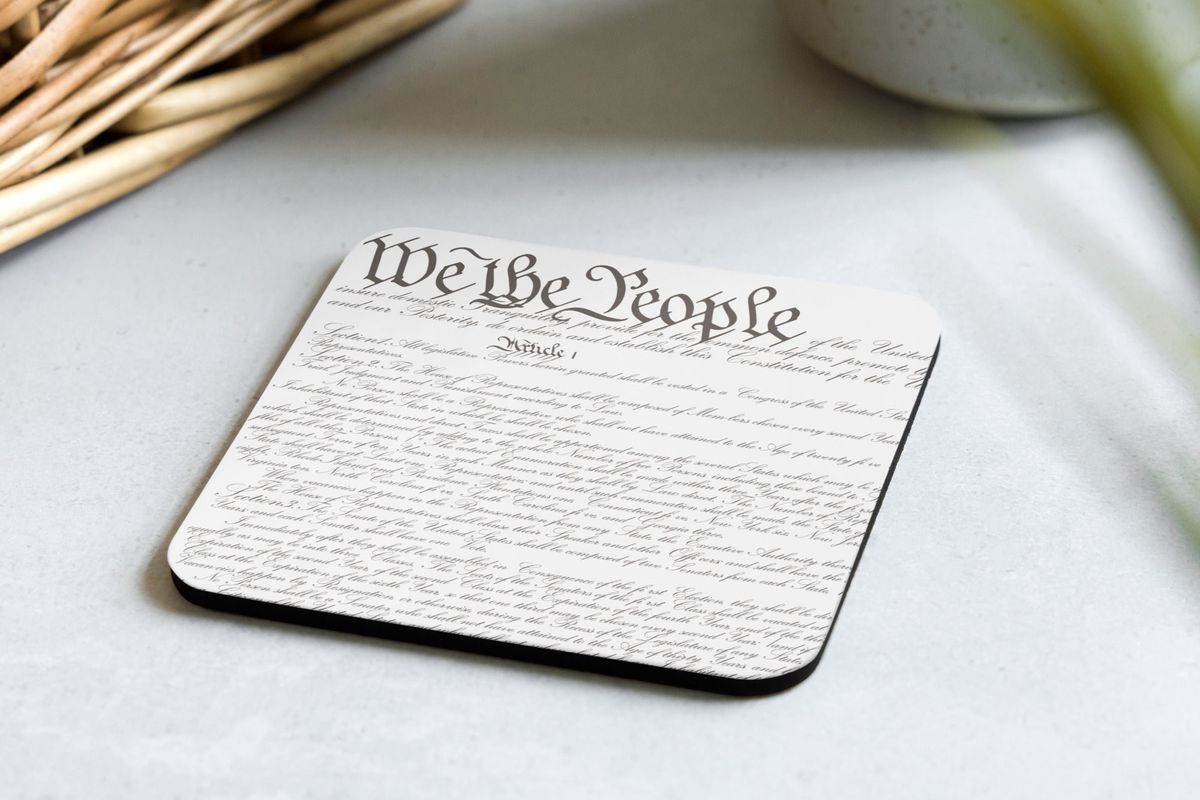
Judges and lawyers think in terms of analogies. For this week’s Supreme Court arguments involving same-sex marriage, the available analogies include some of the most famous rulings in the Court’s history.
Many people are hoping for what they would see as a heroic decision, requiring states to recognize same-sex marriages. In their view, the Court has an opportunity to issue this generation’s Brown v. Board of Education.
In the 1954 Brown ruling, a unanimous Court struck down school segregation, famously declaring that separate is inherently unequal. A lot of people think exactly the same should be said about separate legal status for same-sex couples.
Brown was exceptionally controversial in its time, but it has been vindicated by history. Indeed, it commands near-complete agreement. No justice is likely to want to participate in another Plessy v. Ferguson, the 1896 case upholding racial segregation that Brown overruled.
Other people insist that the Court should allow state and federal governments to define marriage as they like. In their view, the best analogy is Roe v. Wade. Many people (including Associate Justice Ruth Bader Ginsburg) believe that with its broad pro-choice ruling in Roe, the Court badly overreached.
To agree with Roe’s critics, it isn’t necessary to think that human life begins at conception or that abortion is a morally unacceptable act. The central objection is that the abortion right lacks clear Constitutional foundations — and that in its first encounter with the abortion question, the Court wrongly pre-empted democratic processes and imposed a national solution of its own.
To these critics, the Court engaged in an act of hubris, aggravating political polarization in a way that has had enduring and harmful consequences for American democracy. If the Court essentially requires states to recognize same-sex marriage, will it be creating this generation’s Roe?
If so, the right path isn’t one of heroism but of restraint, and the closest analogy is the Court’s 1937 decision in West Coast Hotel Co. v. Parrish. In that case, the Court rejected the view that the Constitution creates a broad right to freedom of contract, which had raised serious doubts about minimum-wage and maximum-hour legislation.
The Court made it clear that the federal government and the states have a great deal of authority to set economic policy, free from Constitutional limitations. With respect to same-sex marriage, some people think the Court should show a similar degree of Constitutional humility, insisting that democratic arenas, and not federal courts, are the proper location for the resolution of current disputes.
Other observers want the Court to avoid both heroism and restraint. To them, the Ccourt should display the unique virtue of not deciding.
Outside of law schools, the Court’s 1956 action in Naim v. Naim is barely known, but that obscure case has helped to define a whole school of Constitutional thought. Not long after deciding Brown, the justices were asked to strike down a ban on racial intermarriage. The Court refused to hear the case. Protecting its political capital in a period in which it was repeatedly accused of “activism,” it remained silent on bans on racial intermarriage. (It was not until 1967 that the Court finally ruled against such bans, apparently with the thought that the nation was ready for that ruling.)
Some lawyers and judges celebrate the “passive virtues” of not deciding, especially in a period of intense democratic debate and division. They think the Court would do best to follow what they see as the honorable caution of Naim v. Naim — and find ways to punt.
But football teams hate punting, and the same may be true of the Court. Some of its members might be tempted to draw on another analogy that, while publicly obscure, is well known among judges and Constitutional specialists.
In its 1971 decision in Reed v. Reed — its first serious effort to engage the problem of sex discrimination — the Court took the path of minimalism. Striking down an odd Idaho law that gave a preference to men over women as administrators of estates, the Court declined to issue a broad pronouncement that would immediately threaten all discrimination on the basis of sex.
Instead it began a long series of case-by-case rulings — accompanying, but not pre-empting, democratic judgments — that ultimately produced strong safeguards against such discrimination.
With respect to same-sex marriage, the Court might be able to adopt a similar approach. For example, the Justice Department has sketched some ways for the Court to rule relatively narrowly, striking down the laws in question while avoiding the broadest pronouncement about marriage equality.
The arguments this week pose an unusually stark choice among the radically different paths of heroism, restraint, not deciding and minimalism. The lawyers will be offering some highly technical arguments. But the competing analogies, and history’s likely verdict, loom large in the background.
(Cass R. Sunstein, the Robert Walmsley University Professor at Harvard Law School, is a Bloomberg View columnist. He is the former administrator of the White House Office of Information and Regulatory Affairs, the co-author of Nudge and author of Simpler: The Future of Government, to be published in April. The opinions expressed are his own.)
AP Photo/Charles Dharapak, File








